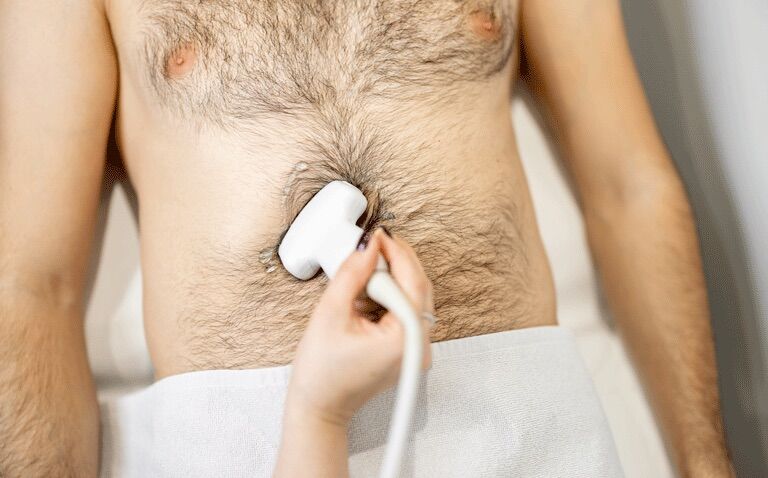Greater liver stiffness which might reflect lasting injury to the organ was seen in patients undergoing ultrasound shear wave elastography
A retrospective study presented at the Radiological Society of North America (RSNA) 2022, of patients with a history of COVID-19 infection found that several weeks after an acute infection with the virus, there was a statistically significant higher level of liver stiffness compared to non-infected control patients.
Liver stiffness (LS) is closely associated with hepatic fibrosis in patients with chronic liver disease but is also increased in patients with acute hepatitis, acute liver failure and cholestasis. In fact, LS (which is expressed in kilopascals, kPa) is a rapid and excellent screening test for liver cirrhosis and which can be measured non-invasively with shear wave elastography. Previous work has shown that the presence of LS ≥ 9.6 kPa, is associated with more severe COVID‐19 disease hence liver stiffness can be used as a marker of fibrosis. However, whether LS persists over time and leads to liver damage is uncertain.
In the study presented at the RSNA, researchers from Massachusetts General Hospital in Boston, used ultrasound shear wave elastography (SWE) to compare LS in patients with and without COVID-19 infection. The researchers created three patient cohorts: the first cohort were COVID-19 patients, with a confirmed and positive PCR test result at least 12 weeks before their SWE; the second cohort was a pandemic, random control group who underwent elastography during the COVID-19 pandemic but with no history of COVID-19; the final group comprised a random sample of pre-pandemic patients. The team set the primary endpoint as the average difference in median Young’s modulus between post-COVID-19 patients and controls after adjusting for age, sex and time period in a linear regression model.
Liver stiffness differences between the groups
There were 131 patients with a mean age of 55.5 years (51.1 % female) included in the study, 31 of whom had tested positive for COVID-19 and scans were undertaken an average 44 weeks after participant’s infection with the virus.
After statically adjusting for age, sex, and time period, COVID-19 infection was associated with an average increase in median Young’s modulus of 1.71 kPa (95% CI 0.67 – 2.75, p = 0.002). In addition, COVID-19 participants had higher median liver stiffness compared to contemporaneous controls (median = 7.68 vs 5.99 kPa, p <0.001). However and somewhat unexpectedly, pre-pandemic controls had higher median stiffness compared to post-pandemic controls (median = 7.01 kPa, p = 0.56).
The researchers concluded that COVID-19 infection is associated with increased liver stiffness which may reflect lasting liver injury following infection.
However, in a press release from the conference, one of the researchers, Dr Firouzeh Heidari said that ‘we don’t yet know if elevated liver stiffness observed after COVID-19 infection will lead to adverse patient outcomes‘ adding that ‘we are currently investigating whether the severity of acute COVID-related symptoms is predictive of long-term liver injury severity.’
Citation
Heidari F et al. Lasting Liver Injury Following COVID-19 Infection Measured by Ultrasound Shear Wave Elastography. RSNA Conference 2022










